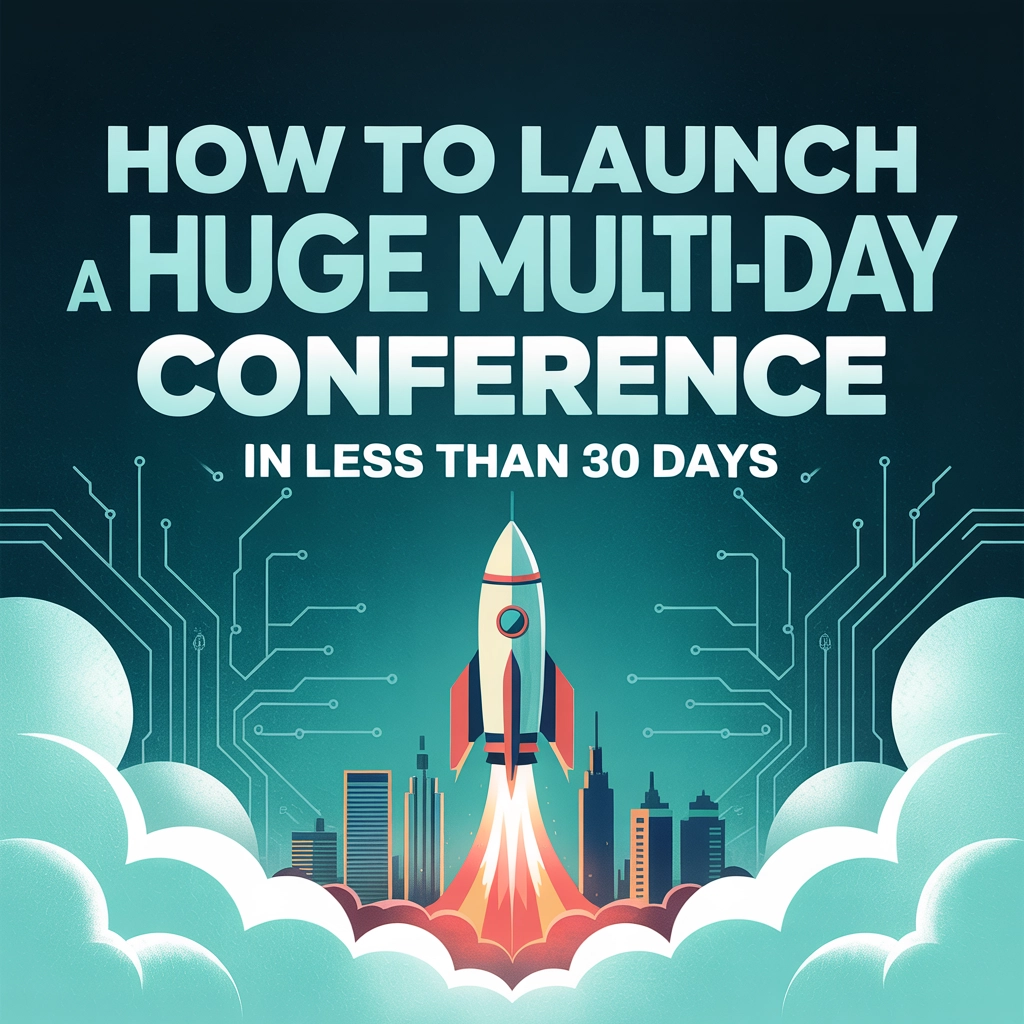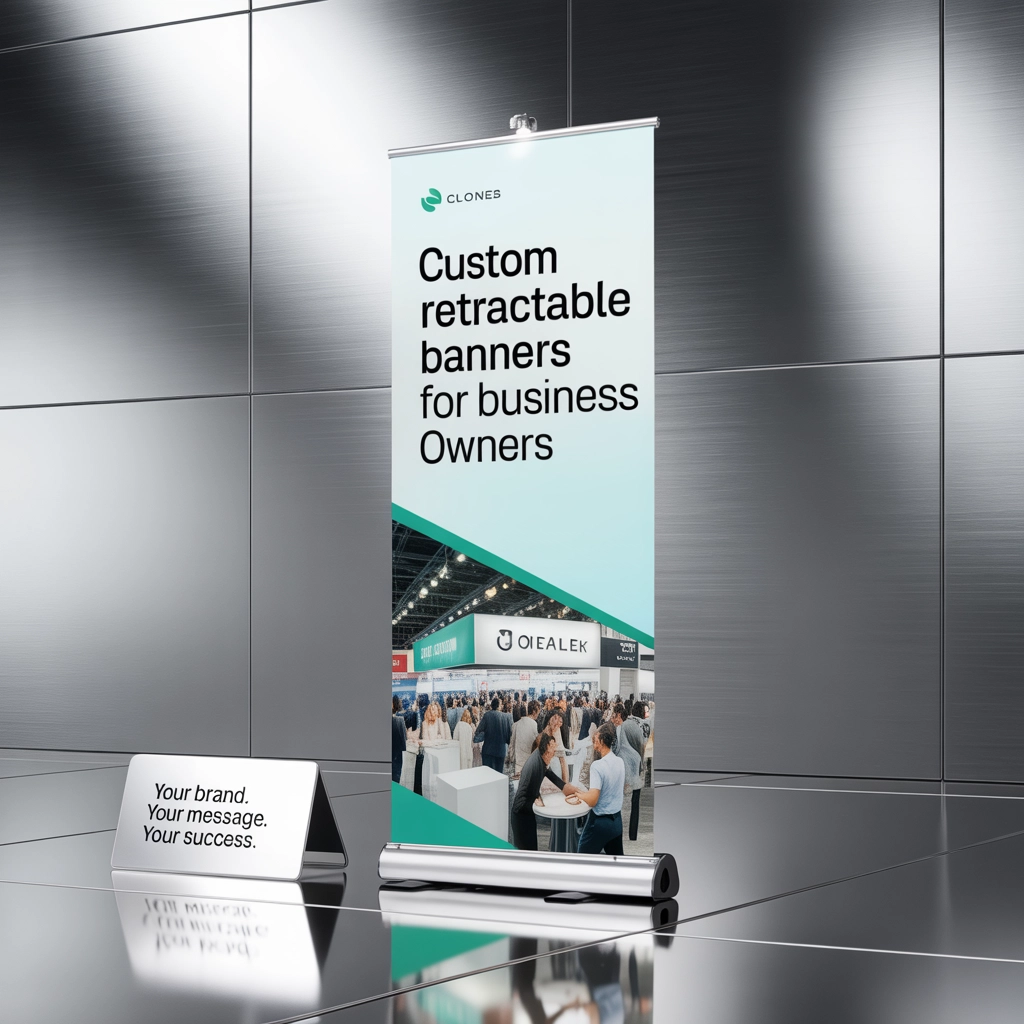Can You Really Pull Off a Massive Conference in Under a Month?
Launching a big, multi-day conference in less than 30 days is a bit like building a house during a thunderstorm—with the right team, clear priorities, and nerves of steel, you'll be amazed at what you can pull off. Let’s break down every phase, step by step, so you can actually sleep at night (well… maybe).
1. Assess Critical Priorities — And Start Immediately!
The 48-Hour Rule:
The first two days are make-or-break. Rally your core team and nail down three non-negotiables:
- Venue: Call, don’t email. Hotels with built-in AV, catering, and plenty of rooms should be at the top of your list.
- Funding: Get approvals, sponsorships, or pre-seed capital ASAP. Think “who owes you a favor?”
- Keynote Speaker: A recognizable industry name makes the event feel real—for everyone.
Without these, everything else falls apart. Get confirmations in writing, fast.

2. Venue & Logistics: Your Pressure Cooker Approach
Finding a Venue:
Your timeline means you’re competing with other last-minute planners. Look for venues that:
- Have packages for large events (think hotels and convention centers)
- Include basics like AV tech and staff coordinators
- Are “plug and play”—no time for venue build-outs!
Logistics Checklist:
- Vendors: Seek those specializing in rushed or canceled-event slots. Be direct about your deadline.
- Catering:
- Ask for flexible, buffet-style menus.
- Accommodate basic dietary needs (vegan/gluten-free) but don’t get fancy.
- Lock in with deposits, knowing you might pay a premium.
Bonus:
If you can’t find a space for all days, consider using different venues for each day (electrifies your lineup and covers gaps).
3. Design a Streamlined, Impressive Agenda
Content Beats Complexity:
Craft a core program—with some breathing room, but none of the redundant fluff:
- Keynotes: 60-90 minutes max.
- Breakouts: 30-60 minutes.
- Networking: Open, but structured (think sponsor tables vs. elaborate mixers).
Time Buffers:
Leave 15–30 minutes between sessions to help with inevitable overflows and tech delays.
Transitions & Tech:
Create a clear traffic flow for attendees. Use conference apps for real-time agenda updates. Schedule AV sound-checks before each major session.

Quick Sample Agenda
| Time | Session |
|---|---|
| 8:00–9:00 AM | Registration & Welcome Coffee |
| 9:00–10:30 AM | Opening Keynote |
| 10:45–11:45 AM | Breakout Sessions |
| 12:00–1:30 PM | Lunch & Networking |
| 1:45–3:15 PM | Breakout Sessions |
| 3:30–4:30 PM | Panel Discussion/Q&A |
| 5:00–7:00 PM | Evening Mixer / Reception |
4. Registration & Rapid-Fire Marketing
Website:
Spin up a simple, clear event website that can process registrations. Use bold “Register Now!” buttons. If you don’t have a site ready, lean on platforms like Eventbrite.
Marketing:
- Hit your email list with a catchy subject line.
- Blast your event on social media—ask partners, speakers, and sponsors to re-share.
- Leverage your network: personal invites, industry groups, LinkedIn, etc.
Early Bird Incentives:
A tight timeline means “early bird” is more like “next 3 days.” People respond to urgency—make use of it.

Event App or Group Text:
Allow for real-time updates through a simple event app, group chat, or WhatsApp. Keep everyone in the loop about changes, especially with your compressed timeline.
5. Speakers, Sponsors, and Vendors
Speakers:
Prioritize those who respond quickly. Look for presenters with flexible schedules and proven experience (and great slides on hand).
Panels/Breakouts:
- Consider fireside chats or Q&A panels—which require less scripting and rehearsal.
- Mix virtual and in-person speakers if travel is an issue.
Sponsorships:
Pitch sponsorships based on reach, audience fit, and fast-track marketing exposure. Focus on value-driven packages: “Gold, Silver, Bronze” with clear deliverables.
Vendors:
Lock in AV, catering, registration, and security. Have backup vendors for each—last-minute plans mean last-minute chances for things to go sideways.
6. Risk & Contingency Management
Backup Everything:
- Alternate speakers or panelists on call
- Backup venue options (if using multiple locations)
- AV redundancy
Tech Rehearsals:
Do at least one full dry-run, even if it’s virtual. Confirm all presentations work smoothly with your AV setup.
Communication Plan:
Use one channel for all schedule changes and urgent updates. Power through stress with clarity for attendees and your team.

7. Final 7 Days: The Blitz
- Day 7: Final confirm with all vendors, print badges/signage, brief volunteers.
- Day 5: Full walk-through or virtual run-through.
- Day 3: Double-check tech, catering confirmations, room setups.
- Day 1: Onsite setup. Delegate roles and make adjustments on the fly.
- During Event: Stay available by phone or app. Smile. Improvise as needed.
- End of Each Day: Quick debrief with staff, tweak tomorrow’s plan as necessary.
Launch Like a Pro: Keep Your Energy High, Your Goals Clear
Launching a multi-day conference in under 30 days is not about perfection—it's about rapid execution and strategic compromise. Focus on what truly matters: the right people in the right place, memorable content, and smooth logistics. When you own your schedule, communicate relentlessly, and keep everyone inspired, you can make magic happen—no sleep required (well, almost).
Ready to launch something bold? If you need an experienced team to help you tackle the impossible, contact LaDonna Raeh Consulting today.




